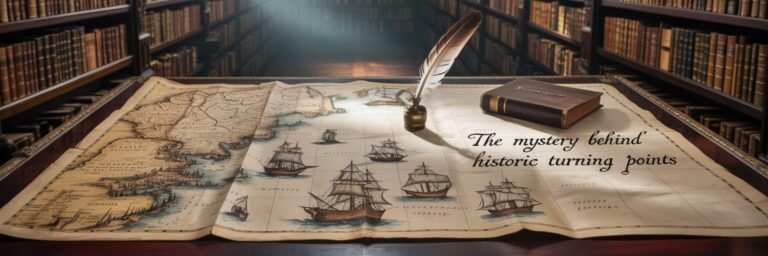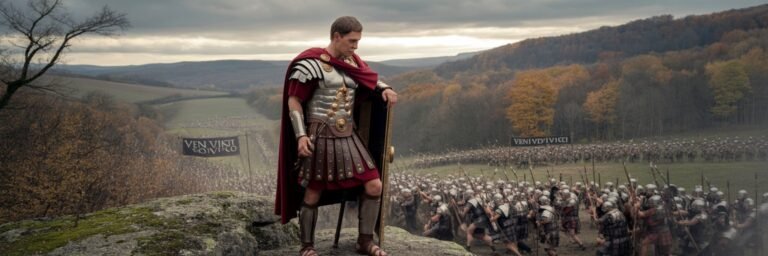INTRODUCTION
Revolutions have been significant turning points in human history, humanity’s chosen mechanism to bring about societal and governmental changes. From the French Revolution’s cry of “Liberté, égalité, fraternité” to the rallying call of “Proletarians of all countries, unite!” in the Russian Revolution, these carnivals of chaos are key arenas of historical interest. Unlike the peaceful velvet revolutions of Eastern Europe, most have been characterized by bloodshed, intrigue, and drama. This essay explores the political intrigue enmeshed in these verdicts of history.
HISTORICAL BACKGROUND
In understanding the political intricacies engendered by revolutions, we must engage with their historical backdrop. Political power, the central concern of a revolution, is often found concentrated in the ruling monarchy or aristocracy, as in France in 1789 or Russia in 1917. This rigidity begets discontent when the disenfranchised populace experiences socio-economic distress or perceives a lack of political representation. Across most societies, the concentration of power at the top of the social pyramid leads to exploitation, and consequent political intrigue becomes a primary vehicle for radical societal change.
Revolutions are agitations against the canvas of history. The English Revolution (1641-1660) was driven by political dissatisfaction with Charles I’s authoritarianism and religious divide between Puritans and Anglicans. The American Revolution (1765–1783) unfolded on the stage of economic resistance against British colonial rule. The French Revolution (1789–1799), a cataclysmic event catalyzing many later revolutions, resulted from a conjunction of financial crisis, societal inequalities, and intellectual discourse influenced by Enlightenment thinkers.
THEORIES AND INTERPRETATIONS
Academia offers several theories to explain the political intrigue in revolutions. Marxist interpretations view revolutions as key to the class struggle, underlining the exploitation of the proletariat by the bourgeoisie. The French Revolution was thus seen as a bourgeoisie revolution, while the Russian Revolution reflected proletariat struggle.
Modernization theory attributes revolutions to societal tension caused by rapid modernization. Skocpol’s structural model offers a nuanced inclusion of geopolitical factors. She argues that a state’s external military pressures could bind upper and lower classes in revolutionary causes, as observed in the French and Russian revolutions.
While mainstream discourse chiefly considers revolutions as people’s power reclaiming mechanisms, there are alternative narratives. J.C. Davis proposes the idea of ‘revolution as a political mistake’, arguing that revolutions result from errors in judgement by the ruling elite, the Revolution Contingency Theory.
MYSTERIES AND CONTROVERSIES
As truths often emerge convoluted in the tumult of upheaval, revolutions are invariably shrouded in mysteries and controversies. For instance, the French Revolution’s Reign of Terror remains controversial, with the justification for widespread executions fiercely debated. Famously, the Russian Revolution is marred by the execution of the Romanov family and the mystery of Anastasia’s alleged escape.
Another center-stage controversy in revolution studies is the concept of revolutionary legitimacy. Often, power usurpers post-revolution justify violent actions through claims of popular mandate. The Jacobin dictatorship during the French Revolution, the Bolshevik regime after the Russian Revolution, and the Islamic regime post-Iranian Revolution all utilized this strategy.
SYMBOLISM AND CULTURAL SIGNIFICANCE
Succinctly capturing political intrigue, revolutions serve as major cultural landmarks, shaping a nation’s collective memory. They are often accompanied by pervasive symbolism to mobilize masses and legitimize the new regimes. The French Revolution gave us the tricolor flag and the liberty cap, significant symbols of French nationalism.
Phrygian caps, Guillotine, Bastille, and The Marseillaise have transcended beyond just facts and incidents to become embedded in the cultural psyche. Revolution-themed literature, poetry, and visual arts flourish, cementing collective memory—think Dickens’s “Tale of Two Cities” or Goya’s “The Third of May 1808”.
MODERN INVESTIGATIONS
Scholars continue to unpack the political intrigue embodied in revolutions. Forensic science in the 21st century has revamped investigations into long-standing mysteries. The identification of the Romanov family bodies provided closure to the Russian Revolution’s most notorious mystery.
Recently historians have extensively explored the impact of globalization and digital communication on revolutionary dynamics. Social media’s role in the Arab Spring, for instance, fosters discussions on how informational technology impacts revolutionary organization and spread.
Understanding political intricacies in revolutions is an ongoing endeavour with sporadic revelations, thanks to interdisciplinary investigations.
LEGACY AND CONCLUSION
Revolitions across the world have left an indelible imprint on societal structures. They have uprooted and instated new leaderships, redefined societal norms, precipitating significant evolutions of socio-political landscapes. From altering the global balance of power to catalyzing ideological polarizations, the legacy of this political intrigue is intricate and vast.
For lesson-seekers, revolutions remain timeless reminders of the power of collective action against political beastliness. Amidst their ferocity rests the reality of the human quest for dignity, liberty, and equality.
In conclusion, revolutions stand as horridly vibrant spectacles of political intrigue. Their engenderment and entrenchment hulls deep within societal, economic, and geopolitical fabrics. Unravelling their intricacies thus becomes vital to understanding human societal threads, providing meaningful insights not only into our history but also contemporary and future phenomena. In their very web of deceit, manipulation, power-play, and cunning, lies the raw essence of political intrigue that continues to captivate the historical canvas.






